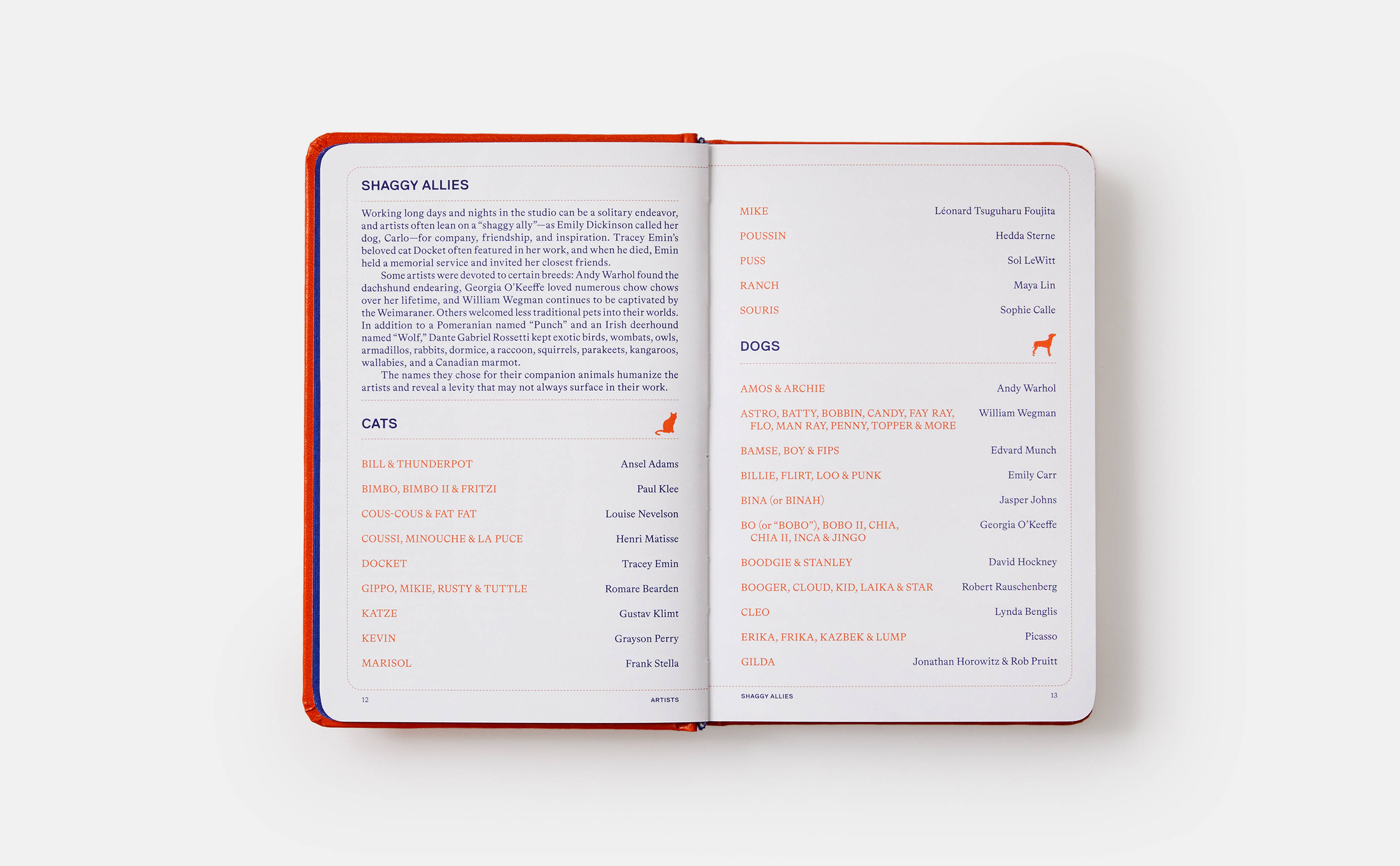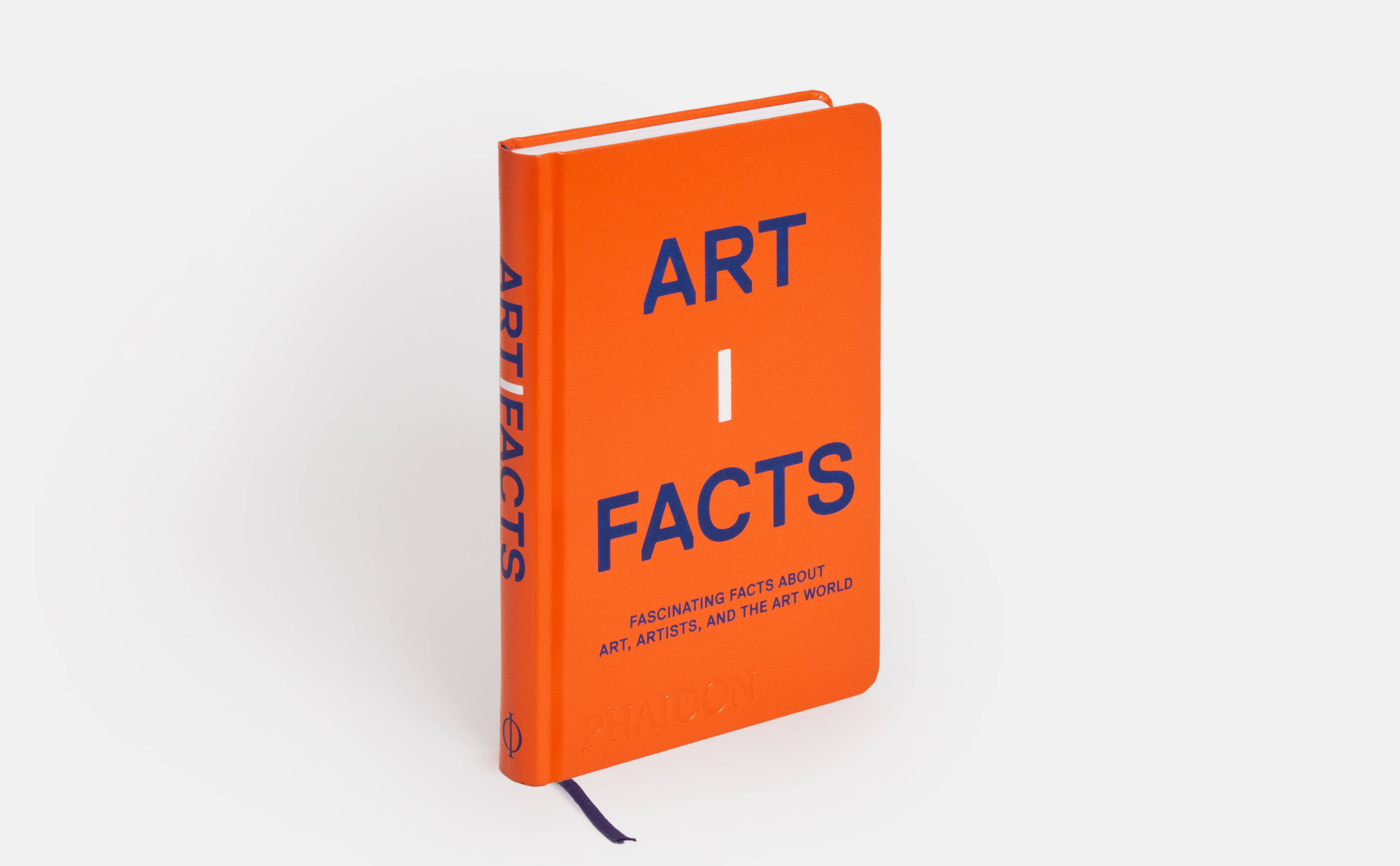
Can’t live off art? Don’t worry. These are the jobs artists chose before they made it, as revealed in our new book, Artifacts
Our new book uncovers the pre-fame careers of some of the world’s most famous artists
Can you teach artistry? There are certainly plenty of institutions that set out to do just that. Yet the route from an MFA to truly mastering the fine arts is not as simple and linear as some might believe. Just take a look at our new book Artifacts: Fascinating Facts about Art, Artists and the Art World.
This new book draws together some of the most fascinating, illuminating and entertaining lists, facts and figures associated with art. From the Average time spent in front of a work, through to the most popular pieces to steal for art thieves, this new title is divided into five chapters: Artists, Art School, Art Studio, Art Museum and Art World. Each is filled with richly researched, diverting facts. We’re really taken with the section, in the book’s first chapter on artists, which digs into their other sources of employment and income.
“Artists have worked a range of jobs for all sorts of reasons: to make ends meet, to balance their creative practice, or because of earlier careers in other fields,” explains the book. “Until they started gaining recognition and selling their work, many artists simply couldn’t afford not to earn supplemental income.”
In many cases, the pre-fame professions suit the artist’s public profile perfectly. Ed Ruscha’s jobs, as a graphic designer and a sign painter, informed much of his fine-art work, with its artfully rendered texts. Nan Goldin’s spell as a bartender at Tin Pan Alley, on West 49 Street in Times Square, enabled the artist to combine her professions of serving drinks and taking pictures; quite a few of her shots were taken in this bar, which was popular with artists. Keith Haring’s pre-fame occupation as a busboy at the Danceteria club, also in New York, speaks to his love of nightlife and dancing, which was also expressed so well in plenty of his paintings.
In other cases, knowledge of an earlier career only takes us so far. John Currin, Frank Stella and Peter Doig supported themselves as house painters, before going on to become highly valued fine art painters, yet their individual styles of painting are poles apart.
Roy Lichtenstein, Andy Warhol, Robert Rauschenberg and Jean Tinguely all worked on window displays prior to making it big in the mid-century art world, though you would rarely mistake the work of one for the other, no matter how it was shown.
Yet none of these early resumés tops the variety of professions the abstract artist Agnes Martin had undertaken prior to her gallery career. Here’s how that list is introduced in our new book: “In 1980, in a letter to Arnold Glimcher, her friend and the founder of the Pace Gallery, Martin sent a list of the various jobs she held before becoming an artist at age thirty—for inclusion, or not, in a biography (“please publish all or none,” she directed Glimcher). From the specificity of her descriptions, it appears that Martin took pride in the range of jobs.”

We won’t go against Martin’s intentions, by excerpting the 35 jobs she listed, though suffice it to say, by early middle age she could milk a cow, mentor juvenile delinquents, bake, cook, drive, harvest, chaperone, clean and teach tennis. Is any of this breadth of experience apparent in her simple, serene, linear works? Judge for yourself by ordering Artifacts and reading the list in full.